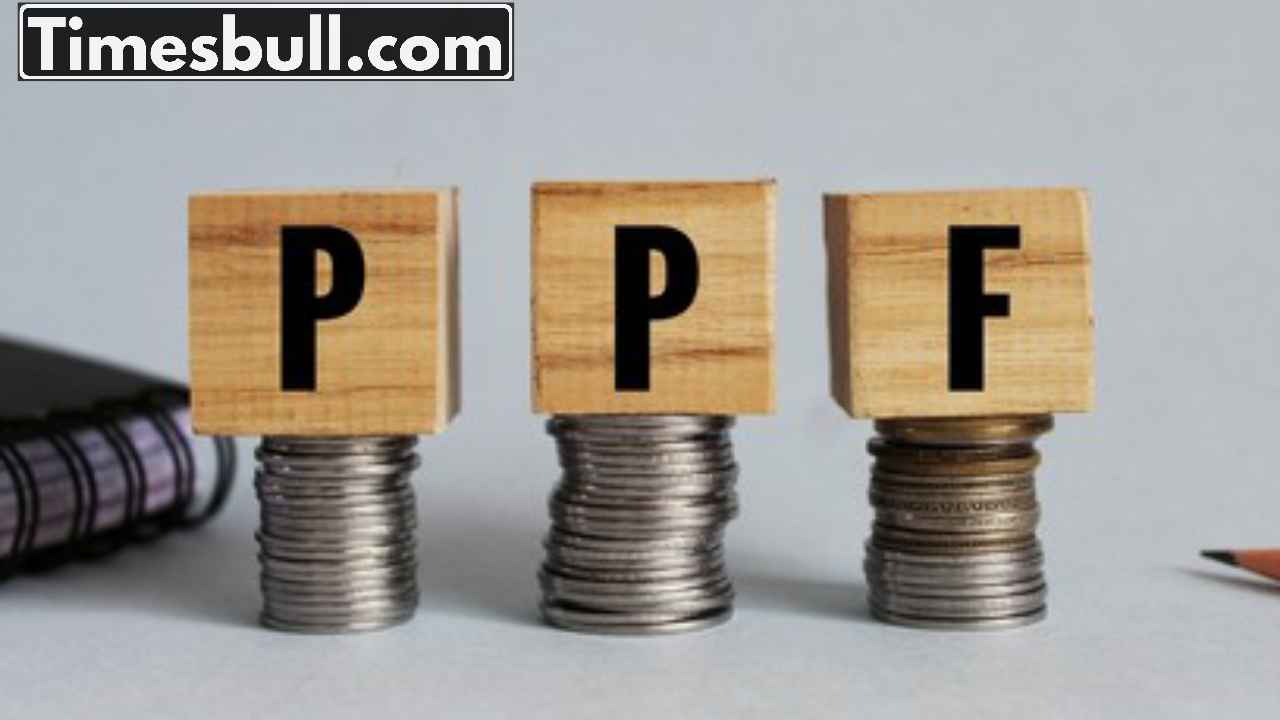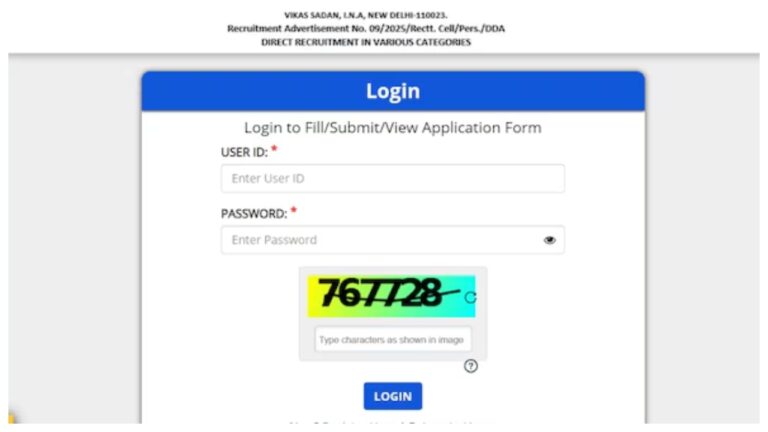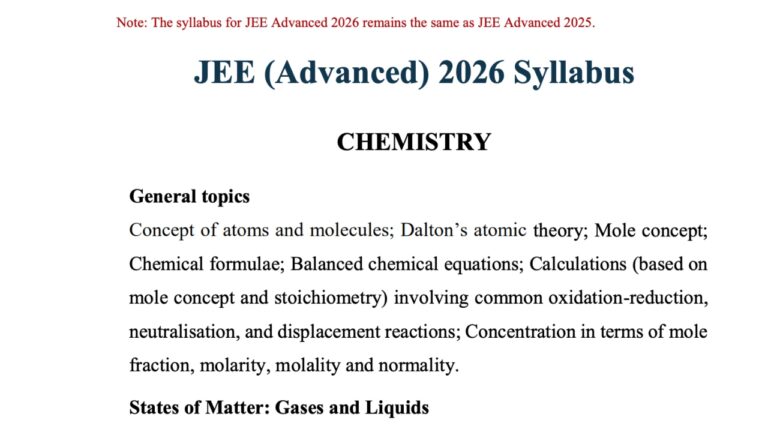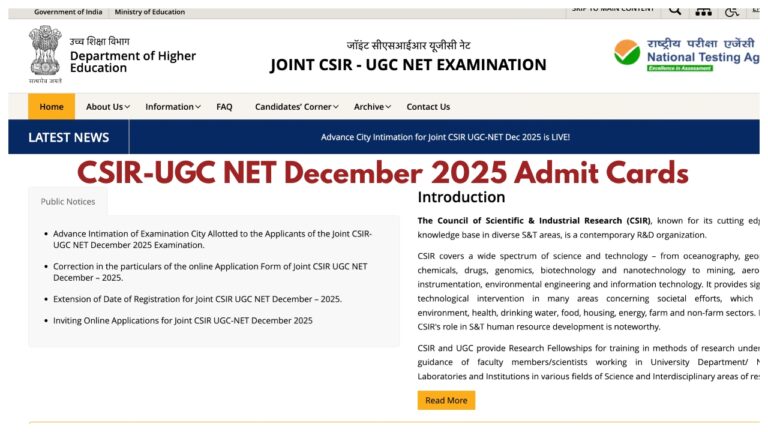PPF Scheme— People invest in many schemes of post office because it is an investment which has low risk and also gives the benefit of returns. Apart from this, tax exemption can also be claimed under this scheme. Public Provident Fund (PPF) is one such scheme. It is a reliable investment for those who are looking for low-risk tax-free investment returns.
Public Provident Fund (PPF) offers 7.1% annual tax free interest, PPF has been considered a great option for people in high tax bracket. At the same time, many people also invest money in FD. In such a situation, if you are also confused about PPF and FD, then let us know which scheme can be better for you.
How is PPF better for taxpayers?
The tax-free status of PPF becomes especially beneficial for top taxpayers. Because just by investing in this scheme, you can get out of the 30 percent bracket. Suppose if you have invested under this scheme and you are falling in the 30 percent tax bracket by a difference of one and a half lakhs, then this scheme can take you out of there.
If we compare it with FD, then according to a calculation, a Fixed Deposit (FD) giving 7% return will give a net post-tax return of only 4.9% in the 30% tax bracket, while PPF will give a return of 10.14%. Therefore, this scheme can give you a big benefit even if you have a high income.
Invest in PPF strategically
Despite its benefits, investors should wisely allocate their contributions to PPF as part of a tax saving strategy. The annual contribution limit of Rs 1.5 lakh under Section 80C should be considered along with other eligible deductions such as insurance premium and home loan principal repayment. This ensures utilisation of tax benefits without unnecessary duplication. By strategically balancing investments across various instruments, taxpayers can maximise their savings while maintaining portfolio diversity.
PPF is a government-backed scheme, it encourages disciplined savings with contributions deductible under Section 80C. It claims EEE (exempt-exempt-exempt) status, which means that contributions, interest earned and maturity proceeds are all tax-free. While it has a lock-in period of 15 years, partial withdrawals are allowed after the seventh year for specific needs, which adds a layer of flexibility. This scheme is currently offering 7.1 per cent interest, but in the long term it can make you a millionaire.










